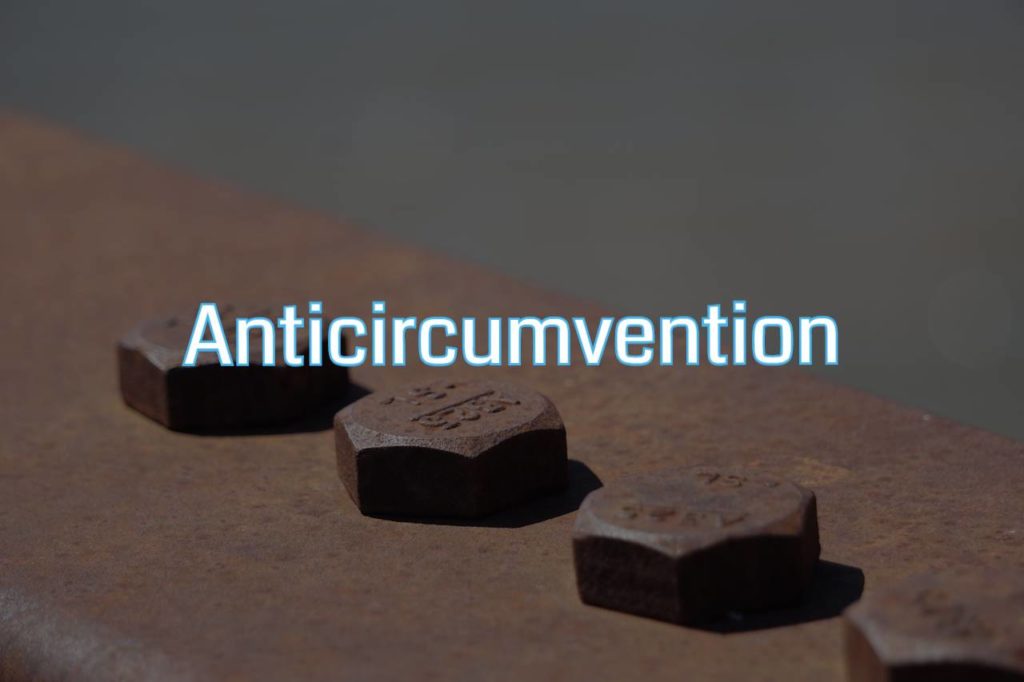
An audit provision in a technology contract is a clause that allows for one party to inspect and perhaps copy certain business records and other information of the other party. Often an audit provision authorizes a party that owns licensed technology or software (the provider or licensor) to periodically inspect and audit the customer’s use of the technology or software. These types of provisions help ensure that the customer is using the technology or software in accordance with the terms of the agreement and that it is not infringing or otherwise misusing the technology or software. They can also be used to ensure that the customer is paying the appropriate license fees or royalties.
One often sees audit provisions in reseller agreements and revenue sharing agreements, to give the right of one party to inspect records that confirm it is being paid in accordance with the terms of the agreement. Since commissions are often calculated as a percentage of revenue, a referral partner may want to see the underlying records supporting the amounts the referral partner is being paid.
The audit provision typically outlines the procedures for the audit, such as the frequency of the audits (often expressed as “no more often than x times per calendar year”), who may conduct the audits (e.g., designees of the auditing party), and what information must be made available for review during the audit. It may also outline the rights and responsibilities of both parties during the audit process, including any limitations on the scope of the audit and the handling of any confidential information that is revealed during the audit.
An audit provision in a technology contract may provide that if the audit uncovers underpayment by the audited party (perhaps by at least a certain percentage) then the audited party will be responsible not only for the amount of the underpayment, but also for the costs incurred by the auditing party in conducting the audit.
Overall, audit provisions are an important aspect of technology agreements and play a vital role in protecting the interests of both parties involved. It is important for both parties to understand the audit provisions in the agreement and to comply with them fully in order to avoid any potential legal disputes.
See also: “Right to audit” provisions in technology services agreements can benefit both parties
Evan Brown is a Chicago attorney helping businesses negotiate and draft technology services and development contracts. He also handles many other issues involving the internet, copyright and trademarks, domain names and new media. Call him at (630) 362-7237 or email ebrown@internetcases.com. Follow him on Twitter: @internetcases








